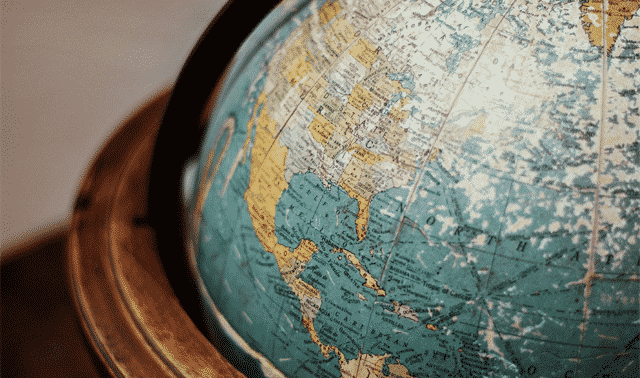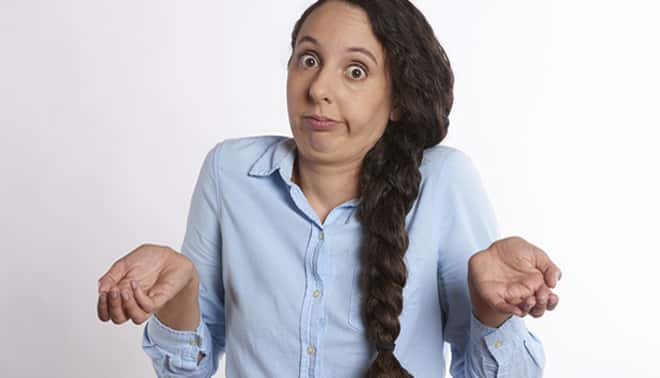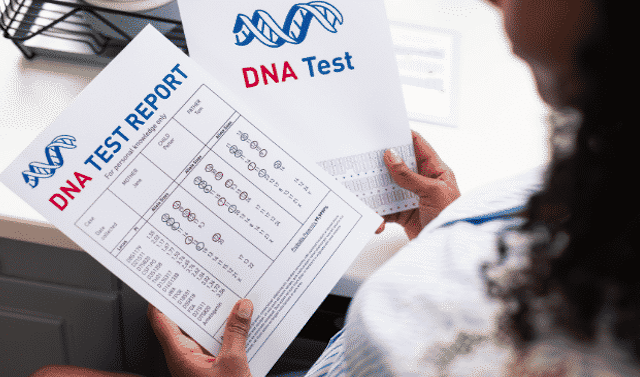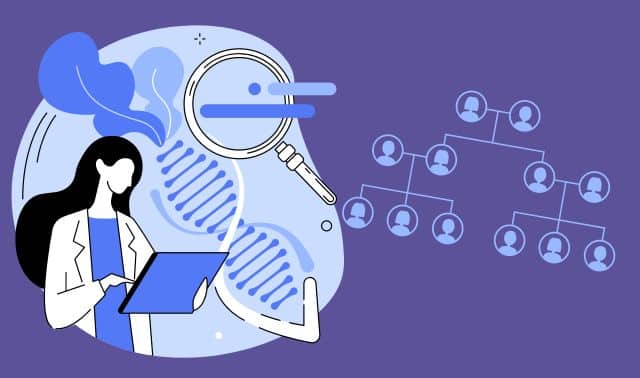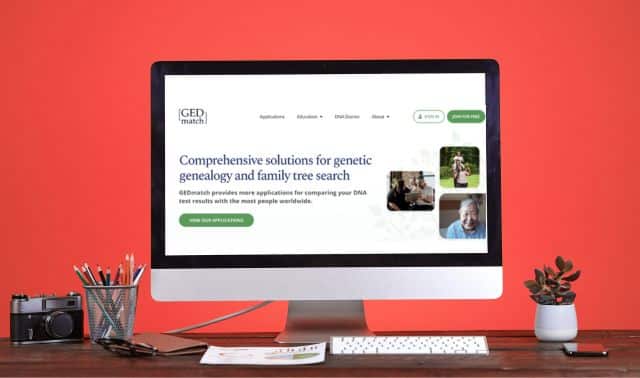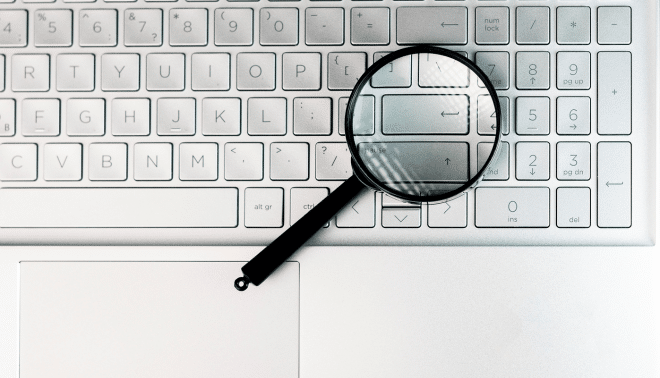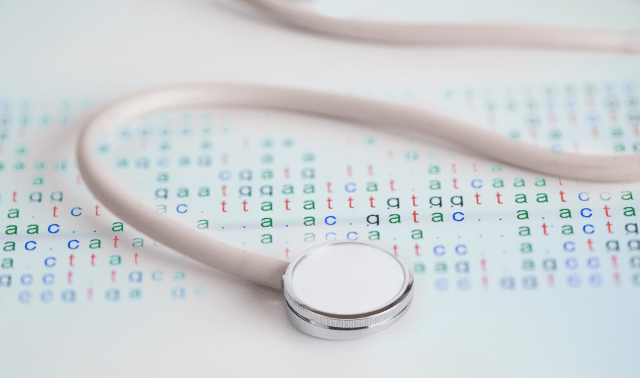Sign up for the Family Tree Newsletter Plus, you’ll receive our 10 Essential Genealogy Research Forms PDF as a special thank you!
Get Your Free Genealogy Forms
"*" indicates required fields

You have DNA test results for yourselves, siblings, cousins and even your in-laws. But what are you supposed to do with all that data?
First thing’s first: Stop and remind yourself exactly what you have and why. Your autosomal DNA is a mashup of about half of your mom’s DNA and half of your dad’s. But of course, since they got half from their parents, who got half from their parents, and so on, each person ends up with a unique mix of genes, pulled from a random assortment of ancestors. This biological reality reveals two important genetic genealogy concepts:
Remember, a person’s DNA doesn’t represent the DNA of all his or her ancestors. You’ll need to test siblings and cousins to capture the fullest possible range of as many ancestors as possible.
ADVERTISEMENT
Second, those who share your DNA also share an ancestor with you, presenting the possibility that researching your relationships to matches may lead to more connections for you.
But not all DNA matches are made in genealogy heaven. As more folks test, your matches may be multiplying faster than you can analyze them. So as your family’s self-appointed DNA matchmaker, you need to determine which matches are worth focusing on. Here are three ways to identify your most-helpful matches and use them in your family history research—and a real-life example to show you how these strategies can point your DNA research in the right direction.
1. Use those admixture results
The first thing most people look at when they get their DNA test results back is their admixture (“ethnicity estimates”): the pretty pie chart that reports your percentages of DNA connected to various world regions. For the most part, these results won’t directly impact your family history research. The geographic categories are just too broad and too vague. But there are still ways you can use them to home in on your most-helpful genetic matches.
ADVERTISEMENT
First of all, maybe you’re looking for ancestors of a specific heritage group, such as Jewish, American Indian or African. If those places appear in your admixture results, you can take it as encouragement to watch for supporting genealogical records and connections. However, a lack of that particular distinction in your admixture results doesn’t mean you have no ancestors from that population. It just means that you didn’t inherit that particular identifying piece of DNA. If you think your family tree does contain ancestors of that ethnicity, consider testing cousins from the relevant family line. Start with the cousins in the oldest generation first.
Next, if your paternal and maternal ethnic heritage are very distinct (for example, your mom has all UK ancestry and your dad’s family is Italian and Greek), noting the origins of a match might help you more confidently place that match on one side of the family. While each DNA testing company provides a limited view into the ethnic origins of your matches, MyHeritage DNA does a particularly good job of displaying that information in a helpful way.
AncestryDNA’s Communities tool
If you have less-certain ancestral origins, or your maternal and paternal heritages are less distinct (such as German and Central European on both sides), you’ll have a more difficult time utilizing admixture results for genealogy. But a tool from AncestryDNA might come in handy. If you’ve tested there and been assigned to a Communities group, you can use those results to help you find a particular kind of helpful match within your match list.
AncestryDNA’s Communities are meant to show you where some of your ancestors were between 1750 and 1850. Assignment to these groups isn’t based on admixture results but on the genetic interconnectivity of people in the database. To view only matches who share your Communities, choose that filter at the top of your match page.
Theoretically, others in your Communities share ancestry with you via their ancestor who connects them to this community. So you may be able to identify your common ancestors if you both have only one line coming out of, say, Illinois. Multiple lines from the same place will be difficult to distinguish. Or the shared Communities group might be coincidental, with your genetic link lying in a different line.
As technology improves, however, Communities will become more precise. For example, AncestryDNA might currently be able to place you in three different Communities across the Midwest. That’s already pretty remarkable. Eventually, Communities may further distinguish among those lines, revealing the Northern German, Southern German, and Germans from Saxony in your family history.
2. Use the testing company’s analysis tools
Testing companies offer analysis tools to help you determine how you’re related to your matches. For some tools to work, you first must add family tree information to your DNA profile. Each site has a different way to do this. On AncestryDNA and MyHeritage, create a family tree on the site (you can upload a GEDCOM), then go to your DNA page and link your DNA results to your tree.
If you manage other relatives’ tests, you can link each one to a separate tree or to yours. At Family Tree DNA, upload a GEDCOM and/or add family information under your account profile (choose Manage Personal Information, then Genealogy, then Surnames). At 23andMe, you add details on ancestors’ birth dates and places. Then look in your DNA results pages for tools like these:
Tree hints
If your DNA test results are from AncestryDNA or MyHeritage, use the tools that compare your tree with the trees of your matches and suggest possible common ancestors. On AncestryDNA, click the leaf icon when it appears alongside names on your match list. At MyHeritage, use the Smart Matches tool. You should always verify the connections suggested by hinting tools, but they’re a great head start for identifying your best matches.
Surnames
After exhausting your hints, start comparing the surnames on your family tree with the surnames on the trees of your DNA matches. First, make a list of your ancestral surnames, beginning with the most recent generation. For your grandparents’ generation, you should have four surnames. For your great-grandparents, you should have eight, and so on. Then turn to the trees of your matches, beginning with your closest.
If you’re looking at a match estimated to be a fourth cousin, compare your list of surnames within the past four generations to that cousin’s. (Kudos if you know all 32 of those surnames.) If you’re lacking any surnames, you may still be able to make limited comparisons. For example, I know only 13 of those 32 third-great-grandparent surnames on my dad’s tree. I can use those (and whatever surnames my matches have) to look for shared ancestors—or at least see which lines don’t connect us.
AncestryDNA, MyHeritage and Family Tree DNA all try to help you find shared surnames in various ways—as long as you and your match both have provided public trees along with your DNA sample:
- AncestryDNA shows shared surnames on your match’s profile page, which you access by clicking on the green View Match button.
- MyHeritage also shows shared surnames on your Match’s Profile page, which you access by clicking on the orange Review Match button.
- Family Tree DNA lists surnames on the left of the main match page. These are names your matches entered, or that the site has “scraped” from the person’s linked GEDCOM. If you’ve also provided surname information from your family, and any of them are similar enough to those of your match, those surnames will appear in bold type. Family Tree DNA is fairly generous in deciding whether surnames are similar.
You also can search your match list for surnames appearing in family trees or information your matches have provided.
Locations
With the measly number of surnames I have on my dad’s side, I’m going to have trouble connecting with many fourth cousins on the basis of surname alone. So I can repeat the matching process for locations. To do this, make a list of all of the locations that appear in your pedigree chart at each generation. Then look for those locations in your match’s pedigree.
Currently, AncestryDNA offers the best location-specific tool. From your match’s profile page, click on the Map and Locations tab to see the places where you and your match both have ancestors. You also can search your match list for places in your matches’ family tree.
At MyHeritage DNA, you can search your matches by country of residence and check for places of birth in linked family trees.
Again, location is helpful only if you and your match have some geographic variation in your pedigrees. I talked with a lady recently whose every ancestor five generations back was born within the same 30-mile radius in North Carolina. So it may be easy to determine which line of yours she connects with (the only one from North Carolina), but identifying the connected folks in her tree will take a bit more sleuthing.
Genetics
Even if your match hasn’t posted genealogical information, you may pick up some clues about your relationship from your genetics. All testing companies provide your total amount of shared DNA with each match. Shared DNA is measured in centimorgans (cM). A cM isn’t as simple a measurement as an inch or a centimeter, but it may help to think of it that way.
The more DNA you share, the more likely it is that you share a single, recent ancestral couple. Did you catch that? Single, recent couple. There are two reasons you can share DNA with someone. The first is that you actually share a recent ancestor. The second is that you both inherited a lot of DNA associated with your common ancestral region—but not necessarily from the same people. People from Ireland often have this problem, as do French Canadians and those with Jewish heritage.
At Family Tree DNA, MyHeritage and 23andMe, look for the total amount of shared DNA on the main match page. At AncestryDNA, go to your match’s profile page and click on the circled “i” icon (next to the confidence interval) to see the total amount of shared DNA.
In general, those who share at least 30 cMs are likely to have a single recent common ancestor. Narrow down how you might be related to matches (and thus, which generation might contain your shared ancestor) by comparing your total shared cM with the ranges reported by documented relatives in the Shared cM Project. Learn more about this project and see a table of possible shared cM for each relationship here. Which genealogical relationships best fit your shared genetics?
3. Review shared matches
The Shared Matches tool on your DNA test website will revolutionize the way you do genealogy research. Seriously. Available in some form from all testing companies, this tool acts like a customized filter for your match list. It shows you only matches who share DNA with you and with one other match. There are two ways to use this tool:
With a known-relationship match
Find others who are likely related to you in a similar way. For example, if your paternal first cousin Peter is tested, then you know all the DNA you share with him came from your dad’s parents, Hilda and Martin. Run the Shared Matches tool between you and Peter. Anyone who shows up should have some connection to either Hilda or Martin.
With an unknown-relationship match
Let’s say you have a new match. You might see she matches Peter, too, and therefore likely is related to Hilda or Martin. If she doesn’t match any of your known relatives, review your list of Shared Matches and look for a common connection between them. If you can figure out how any of those people are related to each other, then you can form the hypothesis that you may all be related through that discovered line. Then use traditional genealogical research to find your connection.
A final word of caution: You and a more-distant cousin—say, fourth or fifth—may not share any DNA. (The Shared cM Project even shows that some known third-cousin relationships have no shared DNA.) That’s because you didn’t all inherit the same pieces of DNA from your ancestors. These cousins are still your cousins, but you wouldn’t know it from your DNA alone.
Related Reads
From the May/June 2018 issue of Family Tree Magazine.
ADVERTISEMENT

